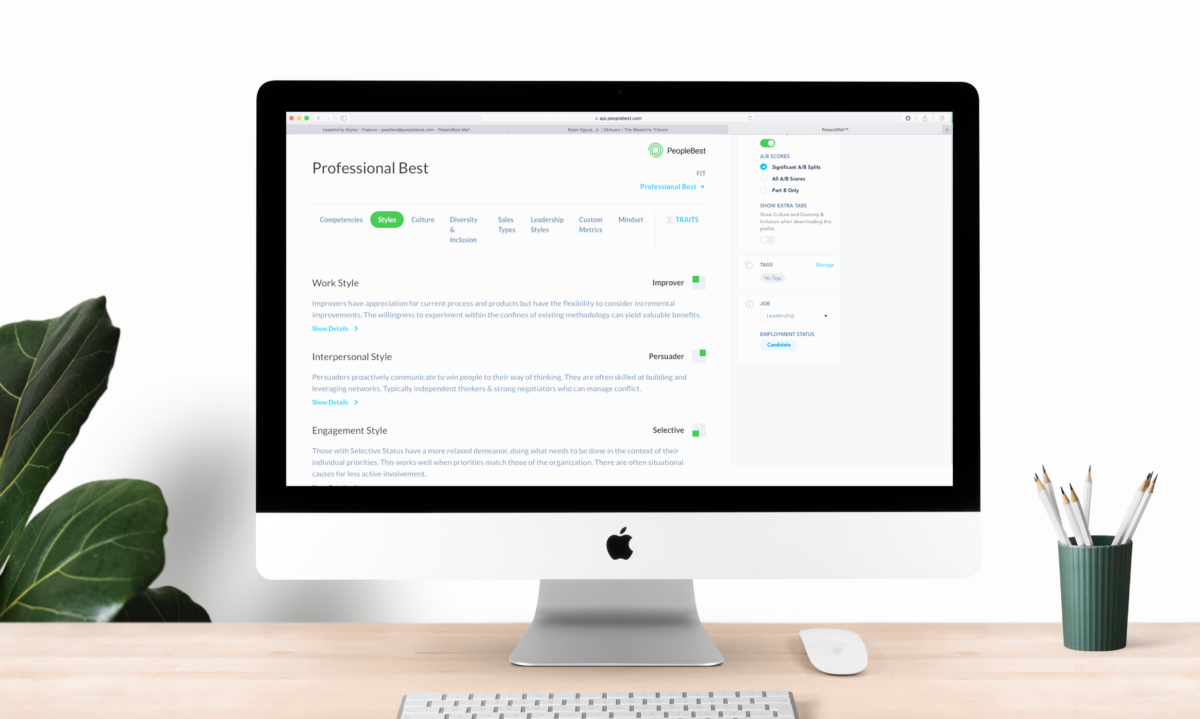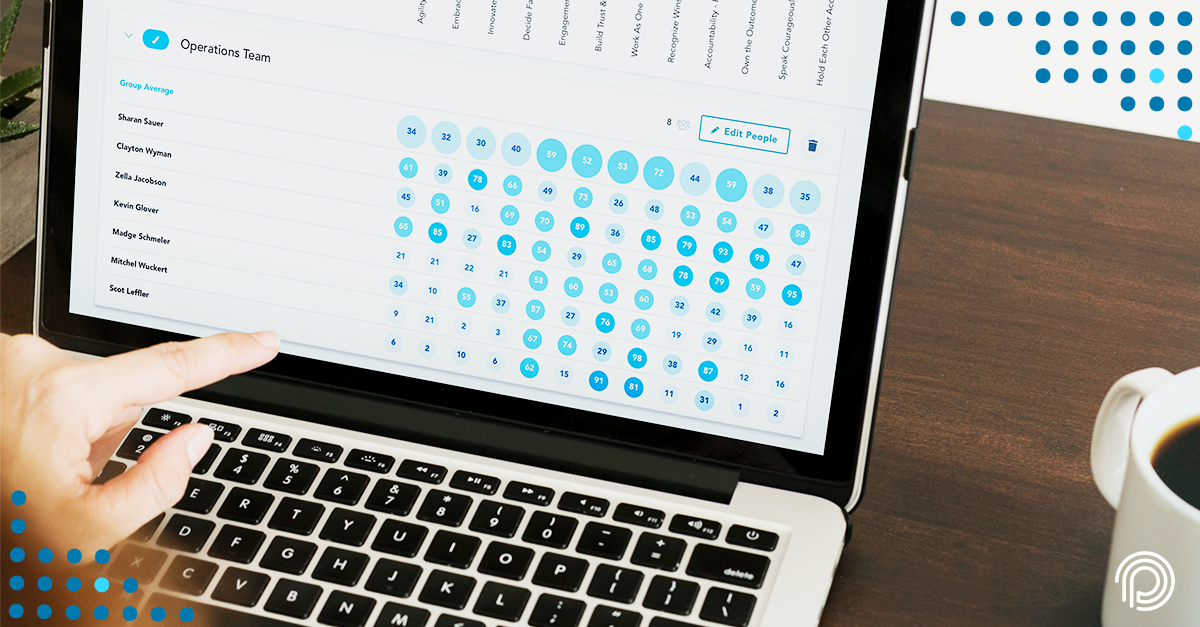When you get bad news at work, what do you do? Your response to a tabled project or canceled event may illuminate more than you think. In fact, our ability to process surprises and disappointments predicts other indicators of success.
Workplace psychologists have a name for this ability: Resilience. Resilience has become somewhat of a sensation among employers in the last several years. Between a global health crisis, an economic shakeup, and a mass exodus of workers, employers have depended on their employees to weather extreme change, and weather it well.
How do we change this? What are the best practices around resilience? I’ve pulled together several business leaders’ thoughts on the topic — thoughts that illuminate what resilience is, how it serves workplaces, and how employers can foster it.
Before resilience had its name
Back before employers used the word resilience as a people management term, one individual knew all about it. His name was Henry Ford. Of course, we all know Mr. Ford for the famous Model T and everything that came after it. But the man knew a thing or two about how work gets done, too. Consider these lasting words:
“Whether you think that you can, or that you can’t, you are usually right.”
Henry Ford
Modern research backs Ford’s observation. As it turns out, workers who are resilient are more likely to be engaged. A can-do attitude facilitates success on the job, which fosters greater productivity and innovation.
Actions, not circumstances, define resilience
“Resilience is fundamentally underpinned by the concept that it is not so much the hard times we face that determine our success or failure as the way in which we respond to those hard times.”
Rachel Jackson and Chris Watkin
As organizational psychologists Rachel Jackson and Chris Watkin point out in their 2004 paper, resilience is more about action than circumstances. This reality may challenge employers — we can’t control how employees react to challenges.
This is a weighty challenge for many employers, including those with client- and customer-facing workers. The folks on the frontlines of our organizations deeply benefit from robust resilience. And our businesses flourish in turn. But how do we foster such an intangible skill?
Bolster resilience through behavior
“Resilience is more available to people curious about their own line of thinking and behaving.”
Brené Brown
Researcher and academic Brené Brown is known for her work on leadership and vulnerability. Shortly after her book “Rising Strong” published in 2015, the author explained her take on resilience in an interview with Business Insider. People are more resilient, Brown said, when they’ve tapped into their line or thinking and behaving.
Brown’s point is essential for employers to understand. If employers want resilient workforces, they need to equip their staff with insights into their own thinking and behaving. At PeopleBest, we see this all the time when we look assess how users process what’s happening to them. If your people have the tools needed to be resilient, that’s what they’ll be. If not, then the need to help, support and develop them is essential.
To find out how PeopleBest can serve your team, book a demo and set up a time to chat with one of our specialists.
PeopleBest is a revolutionary, simple and powerful way to capture the exact ‘DNA of success’ inside people, teams and companies.











